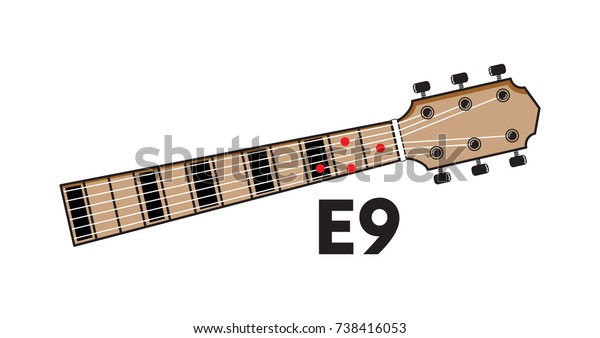

I understand that many of you feel like it’s time to try something more difficult, but the question I have is “Do we need to learn advanced fingerpicking patterns?” and also “Can we write a beautiful chord progression with the most simple plucking pattern? The reason why I am showing you this lesson is that I want to answer one of the questions that you guys ask a lot, which is “When can we practice more advanced plucking patterns?”. We will play this pattern with beautiful chords, so I am pretty sure you are going to like this lesson. Today I want to talk to you about the most simple plucking pattern that you can play on guitar. Hey guys, I hope you are having a fantastic Monday. Whatever works for you and is the most comfortable will work as long as it allows you to play the chords smoothly and accurately.The Most Simple Plucking Pattern with Beautiful Chords You can use your fingers to play these chords, or a pick, or hybrid pick-fingerpicking when learning this chord study.
#CLASSICAL GUITAR SHED BLOCK CHORD FULL#
Here is the full chord study for you to practice.Įach 8-bar phrase has been written to be a unique part of the tune as a whole, which means that you will be able to isolate each 8-bar phrase, learn it on its own, and then combine them all to form the tune as a whole. This will create a sense of tension that you can then resolve to the next chord in the tune.ĭrop 2 Chords – Built with the interval structure R-5-7-3, with inversions created from that root-position shape, drop 2 chords are some of the most commonly used shapes in jazz guitar.Ĥ th Chords – Quartal chords are built by stacking 4 th intervals, rather than the traditional 3 rd intervals, to create three and sometimes four-note shapes on the guitar.Ĭlosed Chords – Closed shapes are built by placing all of the chords in the order that they appear, such as 1-3-5-7, and are sometimes inverted from that beginning position.ĭim7 Chords – When outlining 7b9 shapes, you can play dim7 chords from the b9, 3, 5 and b7 of the dominant 7 th chord in order to build a rootless 7b9 sound in your playing.īluesy Drop 2 Chords – These shapes are built by adding blues and other diatonic notes on top of drop 2 chords in order to create a bluesy sound in your comping ideas. Rootless 13 th Chords – Built by taking the root out of the 7 th chord, and adding the 13 th and most of the time the 9 th, these shapes were a favorite of Joe Pass and are a great way to spice up your comping ideas.ħalt Chords – When playing over dominant 7 th chords, and you want to add a level of tension to your playing, you can add in the altered notes to your chords (b9-#9-b5-#5). They use the 3 rd and 7 th as the lowest two notes, or 7 th and 3 rd, with one color note placed on top of those notes to form the whole chord shape.

Lenny Breau Chords – These chords are inspired by the playing of the late, great Lenny Breau. From there, you can use these concepts to build chord studies over this tune and other tunes. Here is a bit of background on each of these chord concepts that you can use to understand the underlying theoretical building blocks of the chord study. This text is to indicate the chords used in that part of the chord study. There is text written under many of the chords in the tune. This keeps things interesting and prevents the tune from becoming predictable. While the tune looks easy from an initial look at the chords, especially the A sections which are only two chords, it can be tricky to keep things from becoming monotonous when playing over these changes.īelow you will find a chord study written out over the changes to Killer Joe that uses melodic comping phrases to outline the changes.

A fun and interesting chord progression, the tune Killer Joe is a commonly called jazz standard on jam sessions and gigs.


 0 kommentar(er)
0 kommentar(er)
